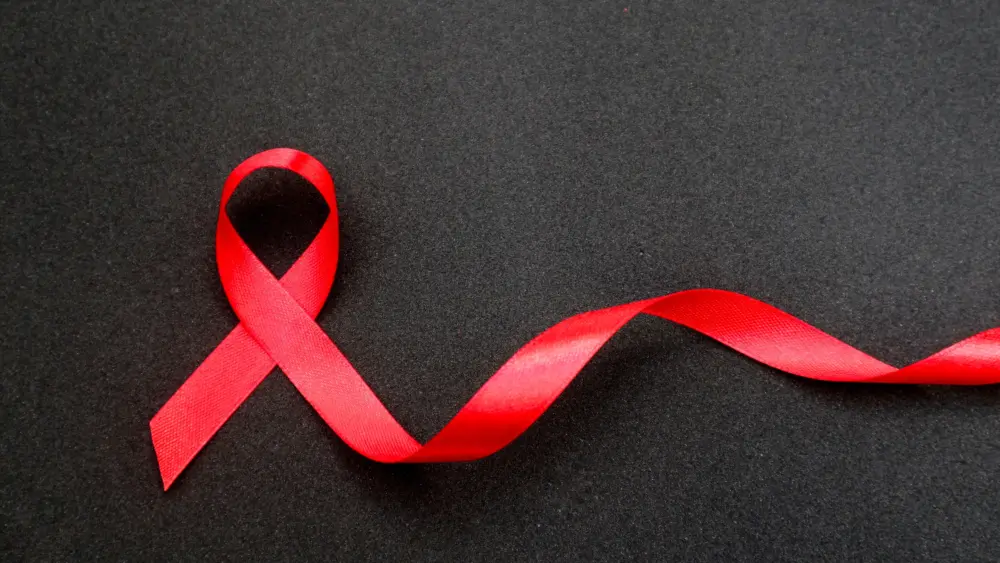To me, self-certification feels about as effective as asking a teenager to monitor their own use of screen time.
Last month, I dissected the Napa Grand Jury report and its potential implications on use permit compliance and winery growth. In July, the Agricultural Protection Advisory Committee (APAC) took a sidestep stance to address some of the issues outlined in the report, with its proposal to enact a self-certification program. If approved, it would require wineries in unincorporated parts of the county to certify compliance with regards to wine production limits and use permit requirements. To me, self-certification feels about as effective as asking a teenager to monitor their own use of screen time. APAC also suggested that a formula be created to assess fines and penalties as a means for dropping the hammer on delinquent wineries. It’ll be interesting to see if the Board of Supervisors embraces or denies these and other proposals that are sure to surface by the scheduled November meeting.
As an array of bureaucratic red tape and posturing soar over growth-related disputes, an army of community-based coalitions have risen to protect our grape-soaked Promised Land from exploitation. The communal approach to saving rural Napa Valley may not feel nearly as encumbered as the bureaucratic systems at play—though the impact stands to be just as staggering.
The upright citizens’ brigade
While I’ve long since abandoned my sarcastic East Coast alter ego and tempered my panache for snarky improv troupes and Saturday Night Live vigils, Wine Country living has offered its own uprising of citizen brigades, which are no less entertaining (and far more heated). Last year, Citizen’s Voice St. Helena filed a suit against the city for its approval of the Davies Family Winery expansion and tasting room, which the group felt violated the California Environmental Quality Act (CEQA), when an environmental impact report wasn’t ordered despite the potential winery’s perceived impacts on safety, noise, water and traffic. Another local interest group, Defenders of East Napa Watersheds, waged a war against the proposed Walt Ranch hillside development project. The potential compound in question, which could result in the ripping out of 28,000 trees, got folks wagging more than fingers, when 150 public complaint letters slammed the project to county officials during the period of July to November 2014.
This March, Napa Vision 2050 formed as a political action committee to protect Napa Valley and its finite resources from the perils of growth. In June, the group, together with Defenders of East Napa Watersheds, Protect Rural Napa, California Preservation Foundation and the Napa Sierra Club, went as far as hosting a CEQA workshop to educate the community on the act and arm locals with knowledge regarding the laws in place to protect our environmental assets.
The battle lines
Many North Bay debates center on the distinction between wineries as production facilities verses mega event centers (cue Disneyland comparisons now), the latter of which, some feel, have become as rampant as the wildfires that plague our highlands. This contention and activism over growth bleeds well beyond our own valley, with the formation of groups like The 4 County Network, which unites Napa with the sister counties of Sonoma, Lake and Mendocino, all aligned in the quest for mindful land and water use. Given it takes at least 30 gallons of water to produce one glass of wine, concerned citizens lash out over the amount of water that needs to be trucked in to support our wineries and the amount of wastewater that’s trucked out of our drought-ridden land. Documentaries like “The Russian River: All Rivers—The Value of an American Watershed” roll and chronicle the fallout of overdevelopment on our watersheds, rousing audiences against the lure of turbocharged tourism at the expense of our land.
Gauntlets have dropped (depending on who you talk to, some argue not hard enough), like in the case of Wagner Family, which was forced into a $1 million settlement as penance for exceeding the permitted production capacity at its Caymus winery. You have to wonder if APACS’s proposed self-certification process would do much to curtail infractions at these epic levels.
As pithy catchphrases like “Battling Big Wine,” “ag-washing” and “monoculture” infiltrate Wine Country conversations, it conjures memories of a time when smoking was in and taking down “Big Tobacco” dominated the airwaves. It also brings to mind responsible drinking campaigns that plastered billboards and TV screens with simple mantras like: moderation. The same could be argued when it comes to winery development.
Author
-

Christina Julian left Los Angeles and a career in advertising to sip and swirl for a living in Napa Valley, where she vowed to make wine and the discussions around it, more approachable. She’s covered everything from arts and entertainment to travel and leisure but remains true to her own words as a wine and food writer for The Infatuation. NorthBay Biz was one of the first regional publications she wrote for when she landed here more than a decade ago, and she’s never looked back. Learn more at christinajulian.com.
View all posts



